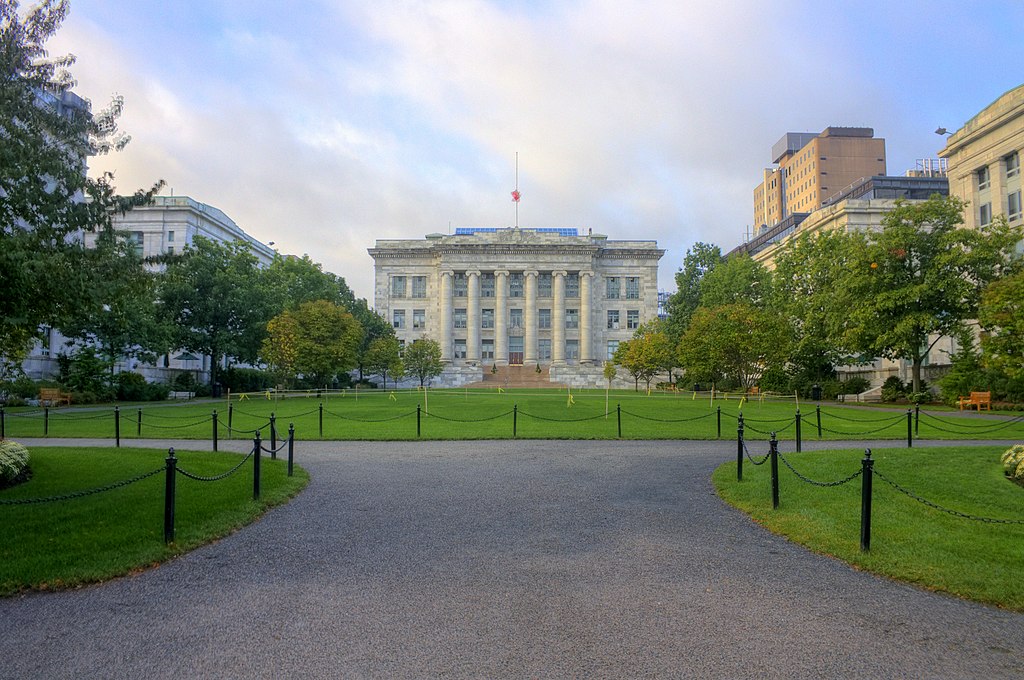
Harvard Medical School (Creative Commons)
Please follow us on Gab, Minds, Telegram, Rumble, Truth Social, Gettr, Twitter
Among the human remains in Harvard University’s museum collections are those of 15 people who were probably enslaved African American people. Earlier this year, the school announced a new committee that will conduct a comprehensive survey of Harvard’s collections, develop new policies and propose ways to memorialize and repatriate the remains.
“We must begin to confront the reality of a past in which academic curiosity and opportunity overwhelmed humanity,” wrote Harvard President Lawrence S. Bacow. This dehumanizing history of collecting African American bodies as scientific specimens is not a problem just at Harvard. On April 12, 2021, The University of Pennsylvania announced that its anthropology museum will return the skulls of 55 enslaved people from Cuba and the U.S. to their communities of origin for burial. And it apologized for possessing the remains, part of its collection of 1,300 human skulls, which were historically used to denigrate the intelligence and character of Black people and Native Americans.
Other institutions have far more Black skeletons in their closets. By one estimate, the Smithsonian Institution, Cleveland Museum of Natural History and Howard University hold the remains of some 2,000 African Americans among them. The total only increases when considering museums with remains from other populations across the African diaspora. How many more sets of remains lie in museum storerooms across the United States, and whether or not they were collected with consent, is unknown.
As archaeologists, we understand the impulse to gather human remains to tell our human story. Osteobiographies, life histories constructed from skeletal remains, can offer insights into nutritional, migratory, pathological and even political-economic conditions of past populations. However, scholars and activists across the U.S. are now seeking to recognize and redress the deep history of violence against Black bodies. Museums and society are finally confronting how the desires of science have at times eclipsed the demands of human rights. (Read more.)